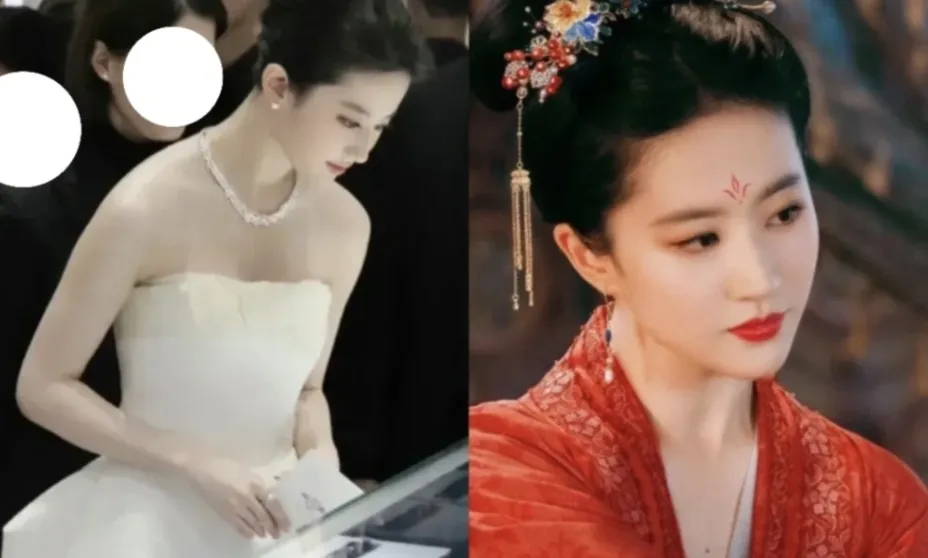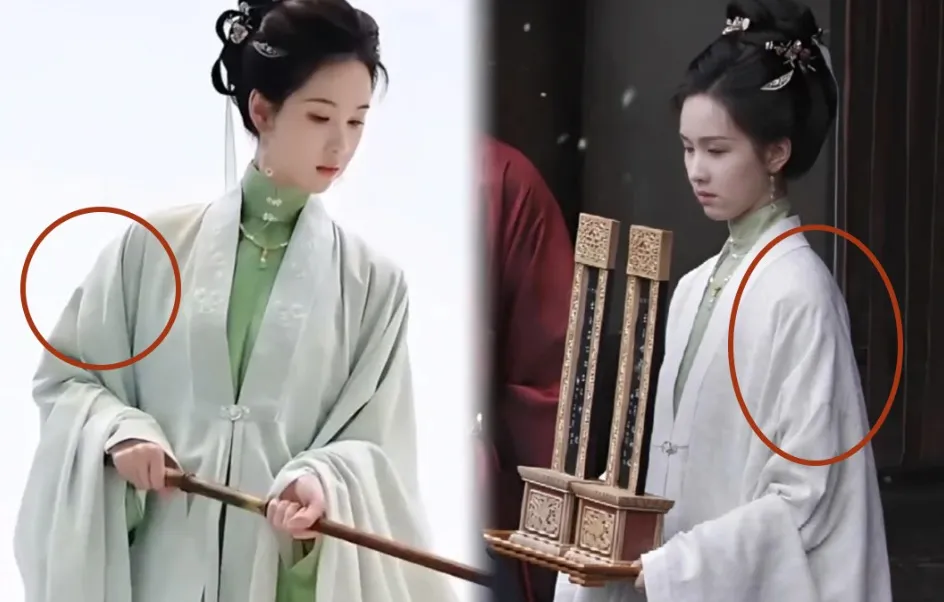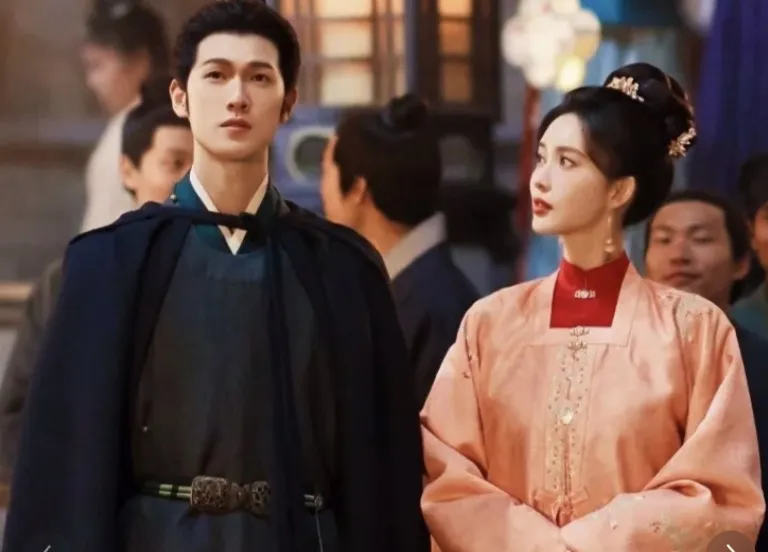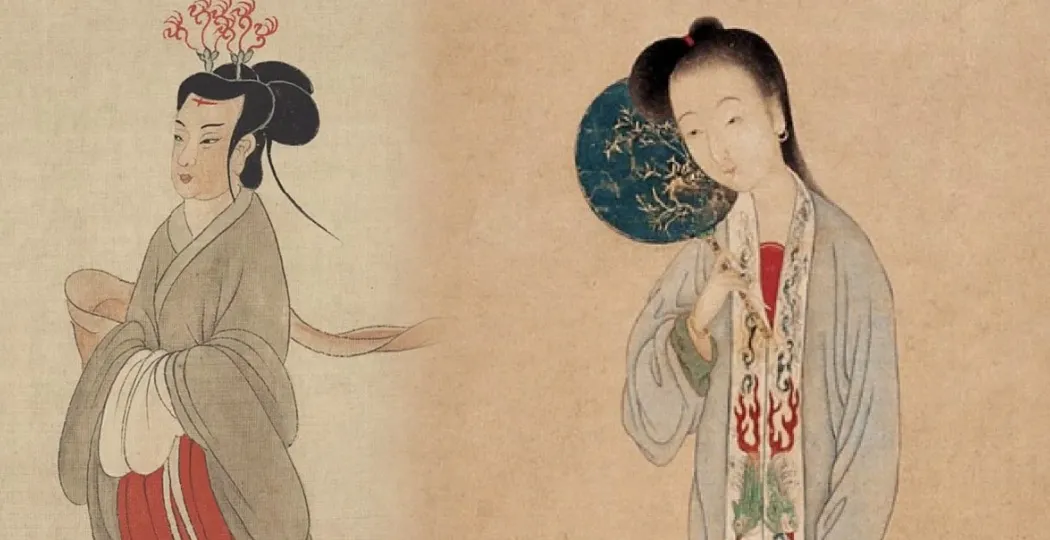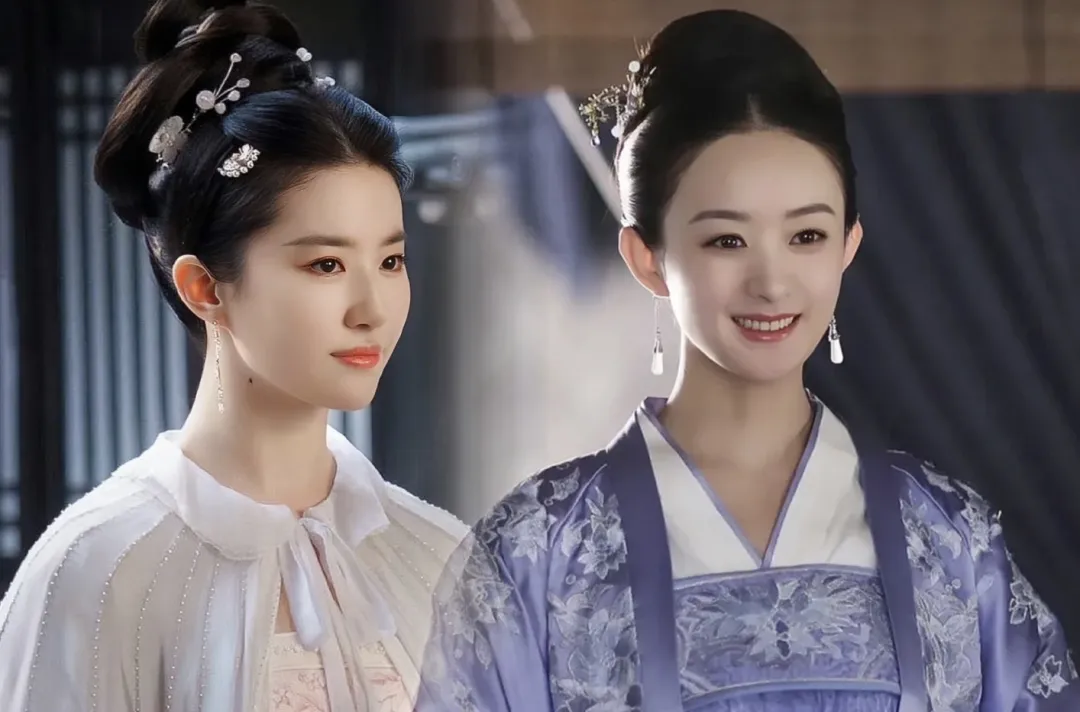Whether watching period dramas or wearing traditional Hanfu, the topic of posture often brings up sloping shoulders, with Liu Yifei being a classic example. So, does classical aesthetics truly equate to sloping shoulders? A recent article on Ming Dynasty undergarments sparked a lengthy debate about the classical aesthetics of sloping versus square shoulders. Today, let’s dive into this discussion.
First, the conclusion: Are square shoulders unsuitable for classical attire? Not necessarily. Traditional clothing’s flat - cut structure naturally accommodates the shoulders, creating a softened, secondary shape. The discomfort or visual awkwardness some perceive often stems from posture—some people unconsciously stiffen their shoulders when puffing their chests, while extreme thinness can disrupt visual balance, making the clothes appear oversized. Another factor is tailoring. Many period dramas incorporate structured cuts at the shoulder seams, leading to a constrained look.
Style Comparison
Hanfu’s flat - cut design allows extra fabric at the shoulder area, creating a graceful curve that enhances the upper body’s fullness and grandeur. While flat - cutting dominates, traditional Hanfu also includes localized structured adjustments like inset panels or darts. However, many period dramas, despite appearing flat - cut, use structured shoulder seams for a modern, fitted look. This results in inconsistencies for the same actor across different dramas, depending on the costume’s craftsmanship.
Posture Impact
Posture plays a key role. Some actors unintentionally lean forward, creating a "hunched shoulder" effect, or appear "slouched," mistaken for sloping shoulders. Others arch their backs, pull in their stomachs, and position their arms backward, creating a tense, square - shouldered look. Different postures influence one’s aura, making it less about the clothes and more about how posture conveys elegance and comfort.
Shoulder Types in Art
The idea of sloping shoulders largely comes from ancient paintings of noblewomen, where their shoulders appear softly curved. This wasn’t necessarily a classical ideal but a stylistic choice to emphasize flowing lines. Historical aesthetics also favored "rounded shoulders," describing a healthy, balanced physique—less angular than bony square shoulders, hence the preference for sloping ones.
Attire and Shoulders
Different attire suits different shoulder types. Most people don’t have extreme square shoulders but a gentler, neutral slope—like Liu Shishi’s, which works well with Tang - style separates (e.g., half - sleeves and vests) but also complements unified robes from the Qin - Han era, where the shoulders define the garment’s drape. Larger garments amplify shoulder visibility.
In summary, classical aesthetics values balance, proportion, and health. Square shoulders in antiquity weren’t problematic—modern discomfort stems from unhealthy thinness. Rather than insisting "sloping shoulders are more classical," cultivate a posture that suits you, expressing confidence and grace. Shoulders are innate, but poise and taste are choices. Confidence, after all, is its own beauty.
